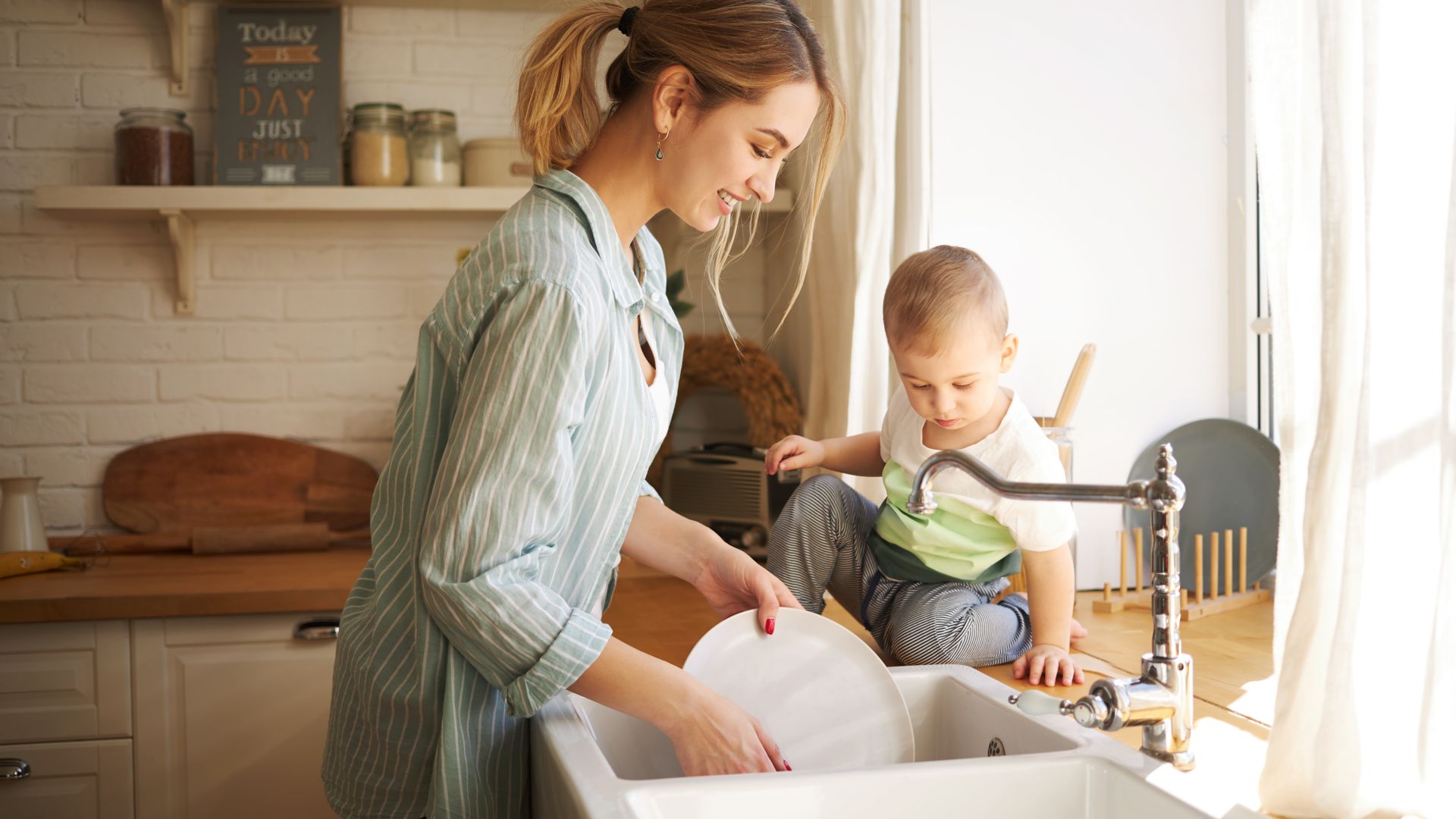One of the essential plumbing tools is a classic plunger. As professional plumbers, we use all kinds of technology to help our customers. However, for some clogs, a plunger is the ideal tool to get the job done. The good news is that plungers are accessible and simple to use by just about anyone. However, it’s important to understand how plungers work and how they can be useful for fixing your plumbing. Here is your guide to plungers!
Types of Plungers
There are a few different types of plungers that you need to be aware of. Plungers are designed with certain things in mind and are specialized for certain jobs and situations. The three main types of plungers are cup, flange, and accordion. We’ll explain how each works and what the ideal use of them is.
- Cup Plunger: Cup plungers are the typical image that most people think of when they picture a plunger. The typical red cup and wooden handle can be found at any hardware store and still has a lot of use for a modern plumbing system.
- You want to use the cup plunger on flat surfaces only like a sink or tub. Otherwise, you will have some difficulty getting a tight seal on the drain and clearing the clog.
- Flange Plunger: A flange plunger has a distinct look to it. It’s essentially a cup plunger with an additional lip to it. This makes it an ideal plunger for a toilet because it can make a much better seal than a cup plunger can.
- Accordion Plunger: Accordion plungers are similar to flange plungers and are also primarily used for toilets. It really comes down to preference for which one should be used for unclogging your toilet.
We recommend that you have at least two plungers in your home. A cup plunger for your sink and either a flange or accordion plunger for your toilet.
Unclogging Tips
If you have a clog in your toilet or sink, it’s important to first try and use your plunger before anything else. Plungers routinely clear clogs that are smaller and near the surface of the drain. You may have more difficulty with clogs that are further down the drain in which case a drain snake or a hydro jetting may be necessary.
To get the best seal with your plunger, it’s essential to submerge the plunger in water. This causes a pressure imbalance which you can utilize to unstick the clog.
What to Do If Plunging Doesn’t Work
The first line of defense against clogs is to prevent them from forming in the first place. Remember that the only things that should go down your toilet are waste and toilet paper. Also, there are certain foods that shouldn’t go down your garbage disposal such as nuts and vegetable peels. Avoid these bad habits and clogs will not form as often.
In some cases, plunging isn’t enough to clear a clogged drain. In this case, you can try an auger which is a bit more specialized and can reach further down your drains. If you don’t feel comfortable with that equipment, we recommend that you do not use commercial drain cleaners at all! These toxic cleaning chemicals are dangerous and just aren’t that effective at clearing clogs.
Instead, if you have an immovable clog, give your local plumbing pros a call. We use state-of-the-art technology which can clear away old clogs safely and efficiently.
Nautilus Plumbing, are Los Angeles, CA plumbing pros who are ready to help you clear any stubborn clogs from your drains. Give us a call at (323) 629-4627 or fill out an online contact form to set up an appointment to meet any of your plumbing needs.

.2101131221194.png)